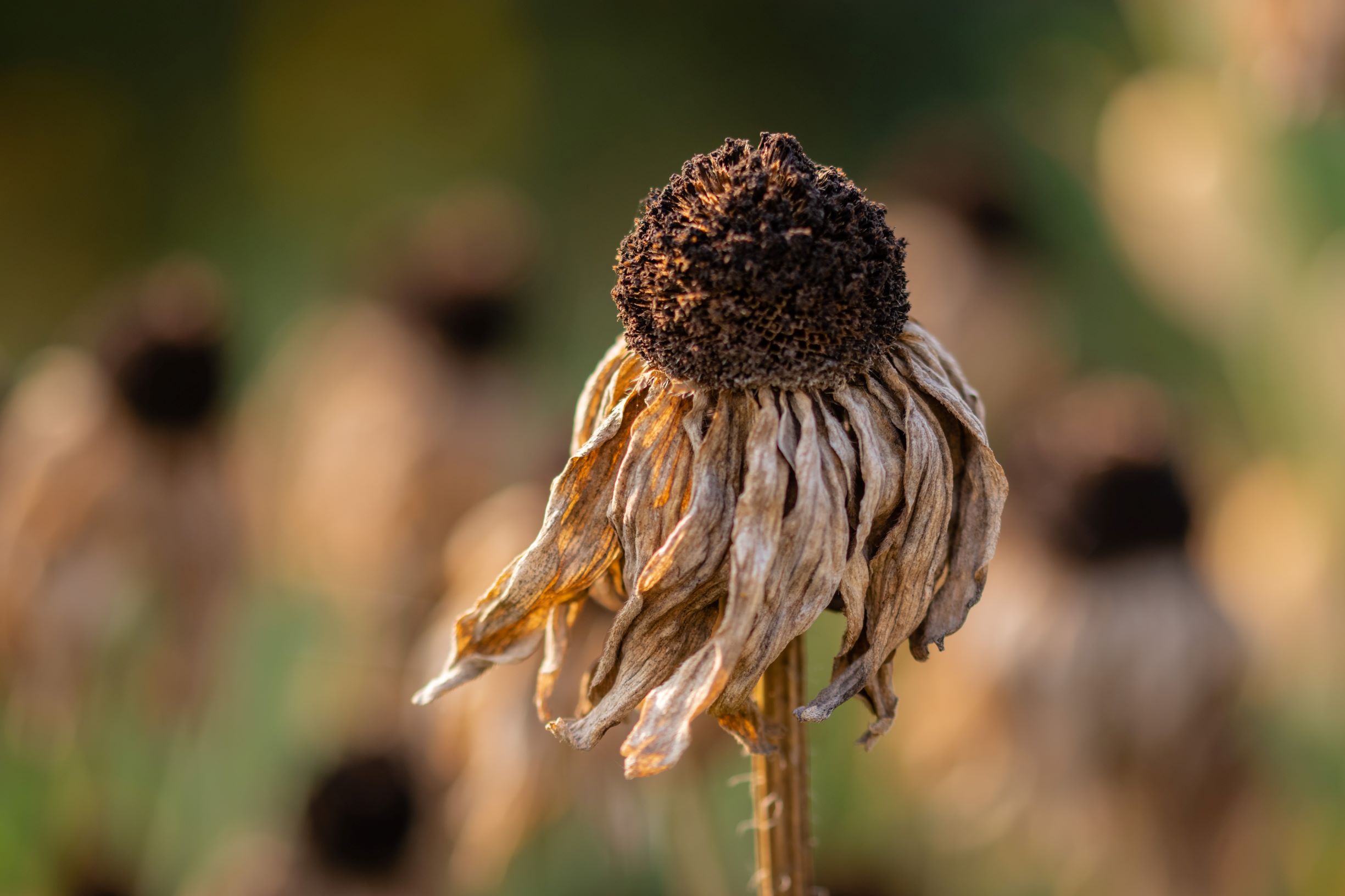With no rain forecast before Sunday, Auckland is about to break a record for the city’s longest dry spell.
Niwa says Auckland is likely to hit 40 consecutive days without rain this weekend. The upper North Island is seeing severe meterological drought conditions, leaving Northland parched after an unusually early start to the dry season. Much of the rest of the country is drier than normal – causing water restrictions in areas like New Plymouth, Gisborne, Wellington and parts of the South Island.
As the experts below explain, the droughts will affect our forests, lowering their carbon uptake, hindering efforts to monitor kauri dieback disease, and increasing the fire risk. Also, dry areas could just as prone to flooding, when rain eventually does arrive.
Georgina Griffiths, Metservice Meteorologist, comments:
“Soils across much of the North Island are completely parched, but Northland and Auckland are worst affected, following on from an unusually dry 2019 there. The first seven months of 2019 were record dry for Northland and Auckland, and while areas further south did see some helpful spring rainfall, the north of the North Island did not. This was because a ridge of high pressure “stuck” over Northland for the second half of 2019.”
“We can blame persistent Highs sitting over the Tasman Sea for our complete lack of rain-makers over the last month. The High has fended off all incoming rain bands.”
Associate Professor Cate Macinnis-Ng, School of Biological Sciences and Te Pūnaha Matatini, University of Auckland, comments:
“We often think about the devastating impacts drought can have on agriculture but forests and other ecosystems also suffer under drought. Around the world, there are growing records of forest dieback due to increasing frequencies and intensities of drought due to climate change. Here in Aotearoa, droughts don’t generally cause forest death because our droughts last months rather than years.
“While there are some examples of forest death due to drought in the literature, our ongoing research on kauri suggests their deep roots, stem water stores and conservative water use make this species well-prepared for dry periods.
“However, in the 2013 drought, we found that litter fall increased in kauri forest as kauri trees lost leaves to reduce leaf area and therefore save water. This type of response may complicate ongoing efforts to use remote sensing techniques to detect kauri dieback but continuing work at our experimental drought plot will help us tease apart canopy changes due to drought from canopy changes due to dieback.
“Interactions between kauri dieback impacts and drought are not clear. Dry conditions may prevent spread of the pathogen but when rain does arrive, trees weakened by drought may be vulnerable to infection.
“Established forests may be relatively safe from drought impacts, seedlings and restoration plantings are vulnerable as developing root systems of smaller plants do not have access to deep soil water stores. If drought continues for extended periods, carbon uptake may be reduced as plant productivity slows.
“Drier plant tissues are also more flammable so we all need to be especially careful with fire. The recent forest fires across Australia were exacerbated by drought and severe fire weather across large areas. While we are unlikely to suffer such catastrophic events here, we still need to plan carefully to protect forest and manage our water supply.”
I have no conflicts of interest.
Ben Noll, NIWA Meteorologist, comments:
“Severe meteorological drought is now widespread across Northland, Auckland, and northern Waikato. Meteorological drought has emerged in far northern Gisborne as well as northern Canterbury. Much of the rest of the country, aside from the lower and western South Island, is drier than normal.
“From Taranaki through Northland, including Waikato and Auckland, as well as parts of the Tasman District in the South Island, soil moisture is down 50mm and would require a month’s worth of rain or more to be replenished.
“Several locations across the upper South Island, including Takaka (46 days), Blenheim (53 days), Cheviot (49 days), Culverden (45 days), Rangiora (45 days), and Hanmer Forest (40 days) have experienced record or near-record long dry spells. The list will expand during February with several North Island sites likely joining. A dry spell is defined as a day having less than 1mm of rain.
“At the beginning of February, there was a thought that a tropical cyclone could bring much-needed moisture down toward New Zealand. While cyclone predictions turned out to be accurate (Tropical Cyclone Uesi formed this week), it is looking like the storm could pass near the lower South Island or south of the country early next week, sparing the parched North Island.
“There remains at least some hope that some moisture could move toward the North Island between the 20th and the end of the month, but at least until then, rainfall chances appear few and far between. It would take several soaking rainfall events to alleviate the extremely dry conditions that are affecting parts of the country.”
Roddy Henderson, NIWA Hydrologist, comments:
“Excess rain either in intensity or volume leads to river flow and possibly flooding. The existing soil moisture conditions modify the definition of ‘excess’, so that rain occurring when it is dry will at first be absorbed into the soil, and less water will end up in the river.
“If the rain intensity is high enough then the soil cannot absorb it fast enough and surface runoff will occur anyway.
“The combination of these two pathways in general accounts for the increase in flow in a river over time periods of a few hours. More delayed effects occur when deeper groundwater is recharged.
“An example of this happening after a drought is the fatal flood on the Mangatepopo River in 2008, which occurred at the end of a long drought in the Waikato and central North Island. It is likely that flood volumes and peak flows would have been even higher if the soil moisture deficits had been less.”
